Play-based Learning
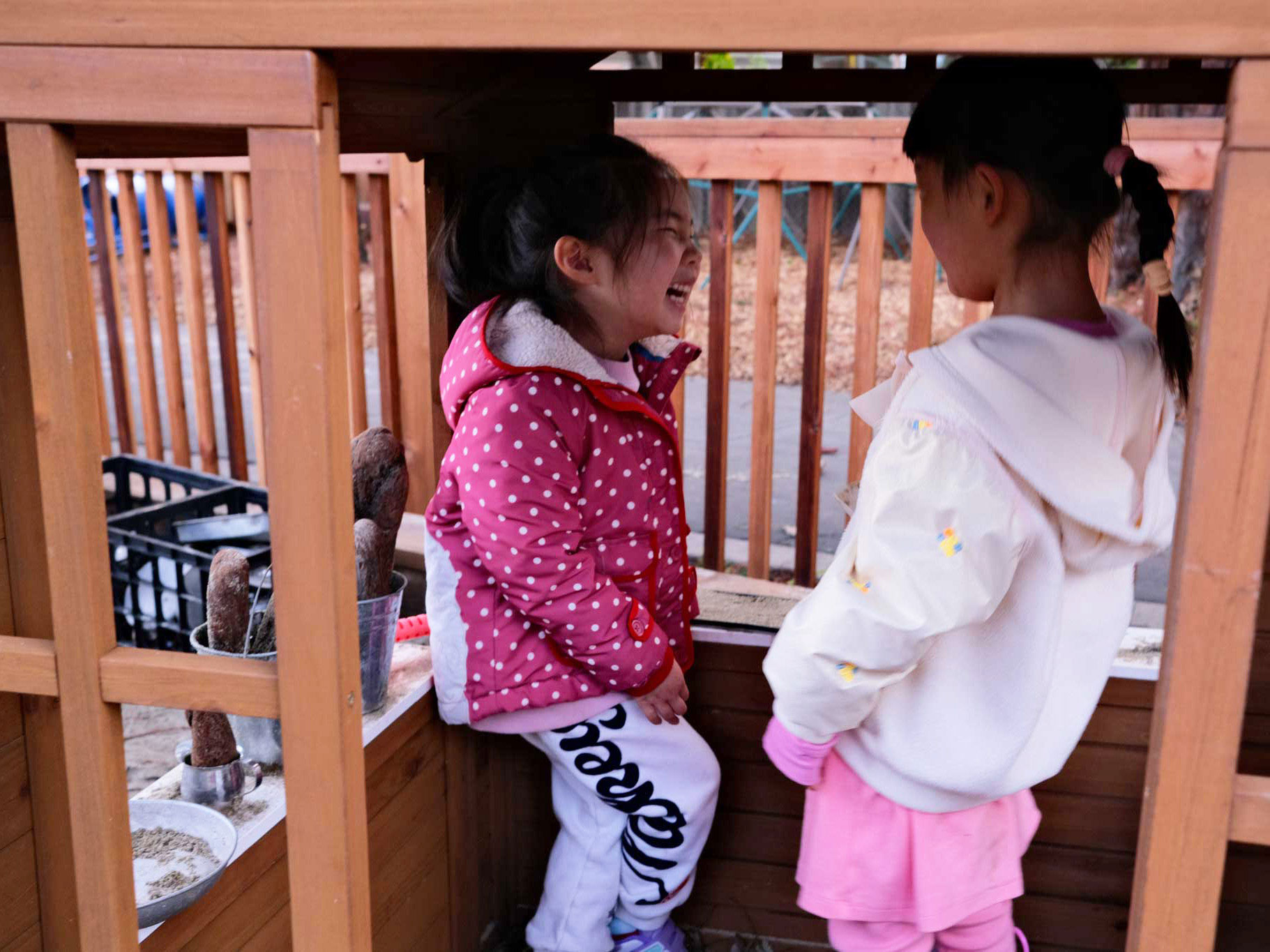
Play-based Learning is Academics
Play is children’s work. Open-ended, free play helps children grow and develop, and research shows this is the most appropriate curriculum for young children ages 3-5 years old.
There are different definitions of play, but it is generally agreed that play is both open-ended and joyful. “Play is an activity where children show their remarkable ability for exploration, imagination and decision making.”
Play vs. Didactic Instruction
A multitude of research studies – including a longitudinal, randomized control study that followed 3000 kids from pre-K through to sixth grade – show that didactic instruction before first grade can lead to both lower test scores and more behavioral problems (Marcon 1993; Miller 1998; Lipsey 2018; Lipsey 2022; Gray 2022). For some children, didactic instruction should be delayed even longer, into later elementary grades.
The focus on early standardized testing wrongly focuses on educating and testing half of the child — their cognitive achievement (reading, arithmetic, and so on). However, cognitive achievement in very young children requires a foundation of emotional development.
Play-based instruction addresses both the cognitive and the emotional aspects of children’s development (Letourneau and Sobel 2020). Didactic instruction does nothing to support young children’s emotional development; in fact, the requirement to sit still and listen actually impedes it (Marcon 1993).” – NIFP
Benefits of Play
According to the University of New Hampshire’s College of Health and Human Services, “Children need a variety of skill sets to optimize their development. Research shows that developmentally appropriate play with adults and other children provides opportunities to build the social-emotional, cognitive, language, and self-regulation skills that lead to executive function and brain development.”
In human studies, playing enhances children’s adjustment, language, and social and emotional stability by 33% to 67%.
In fact, The National Institute for Play explains how deeply rooted play is in the human brain, “Researchers in neuroscience have shown that play is built into the biology of all mammals. Affective neuroscientists, who study how emotions work in the brain, have proven that humans are born with seven primary-process emotional systems, one of which is play. All of these emotional systems are pre-wired in the midbrain, the source of our most basic instincts and motivations.
When the play circuits in the midbrain are triggered, the related neurons create a cascade of activity in our higher brain functions. The more often this happens — the more often we play — the more those neurons connect and the stronger those pathways get. The neural connections created when we play are the brain wiring patterns that give us better control over our movement, our thoughts, and our emotions.”
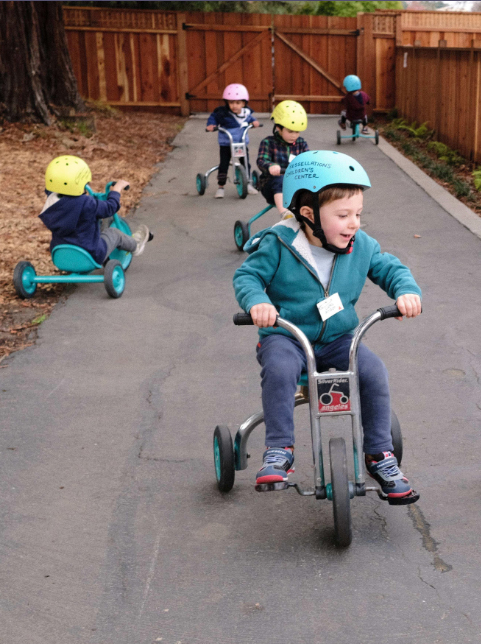
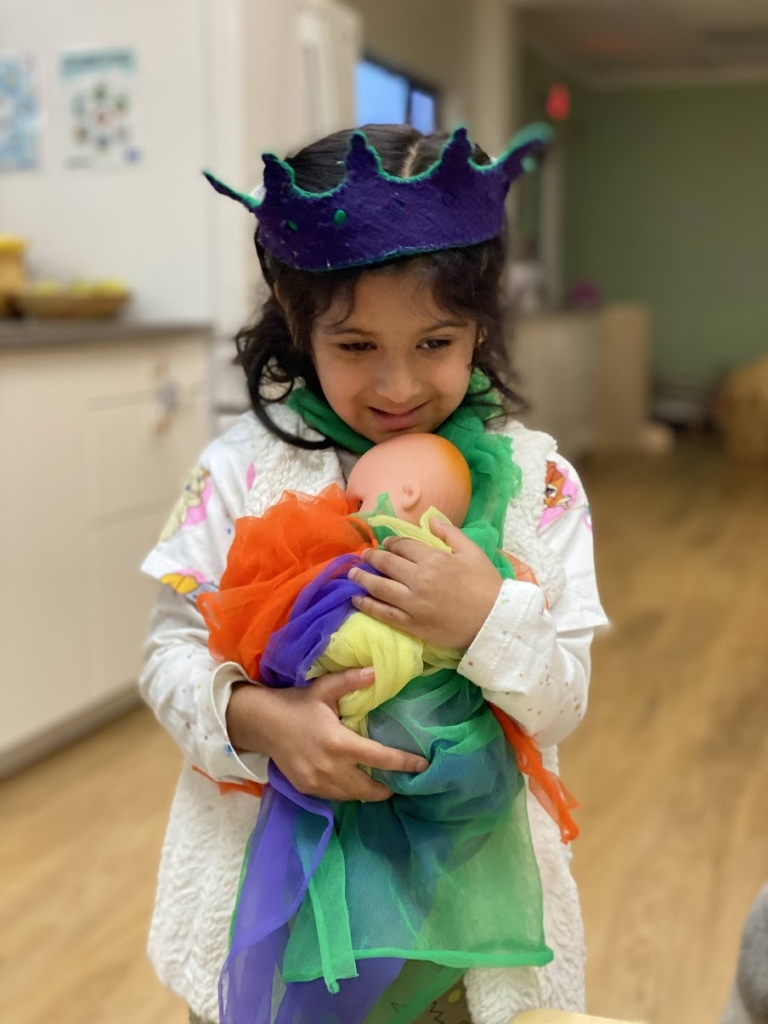
How Play Supports Reading and Writing
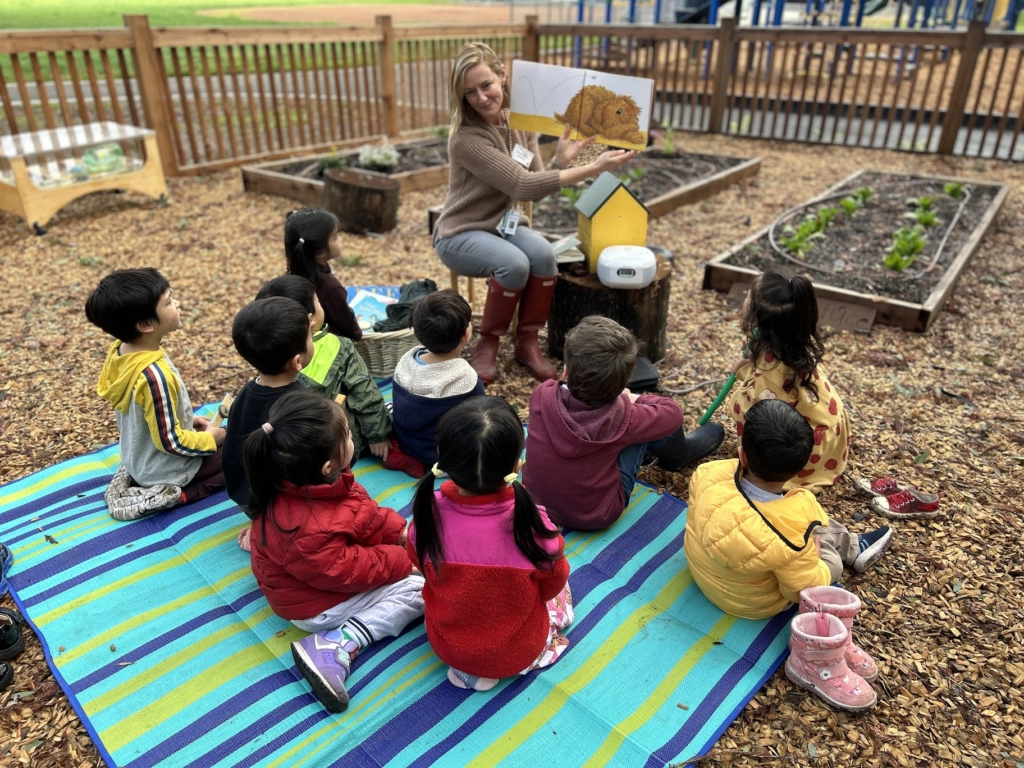
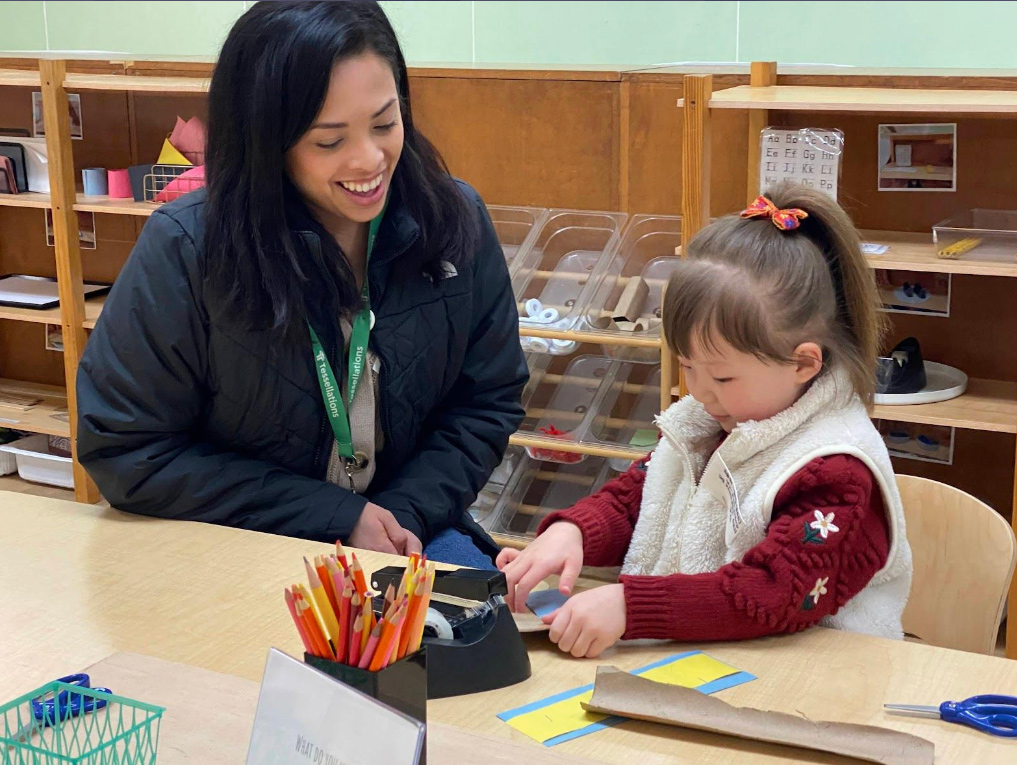
Research shows how children’s dramatic play is linked to learning to read and write. Dr. Trawick-Smith explains, “One way that play helps children in literacy areas is that it’s very symbolic. For example, when they [children] are using a toy telephone to represent a real phone, they’re using a symbol. That’s not unlike looking at a word and seeing that it represents something that’s not present, or something in real life.”
Also, complex play, supported by caring teachers, gives children the confidence to take on difficult challenges like learning to read. “As every teacher knows, emotional engagement is the tipping point between leaping into the reading life … An enormously important influence on the development of comprehension in childhood is what happens after we remember, predict, and infer: we feel, we identify, and in the process we understand more fully and can’t wait to turn the page. The child … often needs heartfelt encouragement from teachers, tutors and parents to make a stab at more difficult reading material.” (Wolf, 2008, p 132)
“During the preschool years. Young children need developmentally appropriate experiences and teaching to support literacy learning. These include but are not limited to:
- adults’ daily reading of high-quality books to individual children or small groups
- teaching strategies and experiences that develop phonemic awareness, such as songs, fingerplays, games, poems, and stories in which phonemic patterns such as rhyme and alliteration are salient;
- opportunities to engage in play that incorporates literacy tools, such as writing grocery lists in dramatic play, making signs in block building, and using icons and words in exploring a computer game; and
- firsthand experiences that expand children’s vocabulary, such as trips in the community and exposure to various tools, objects, and materials.”
How Play Supports Social Emotional Development
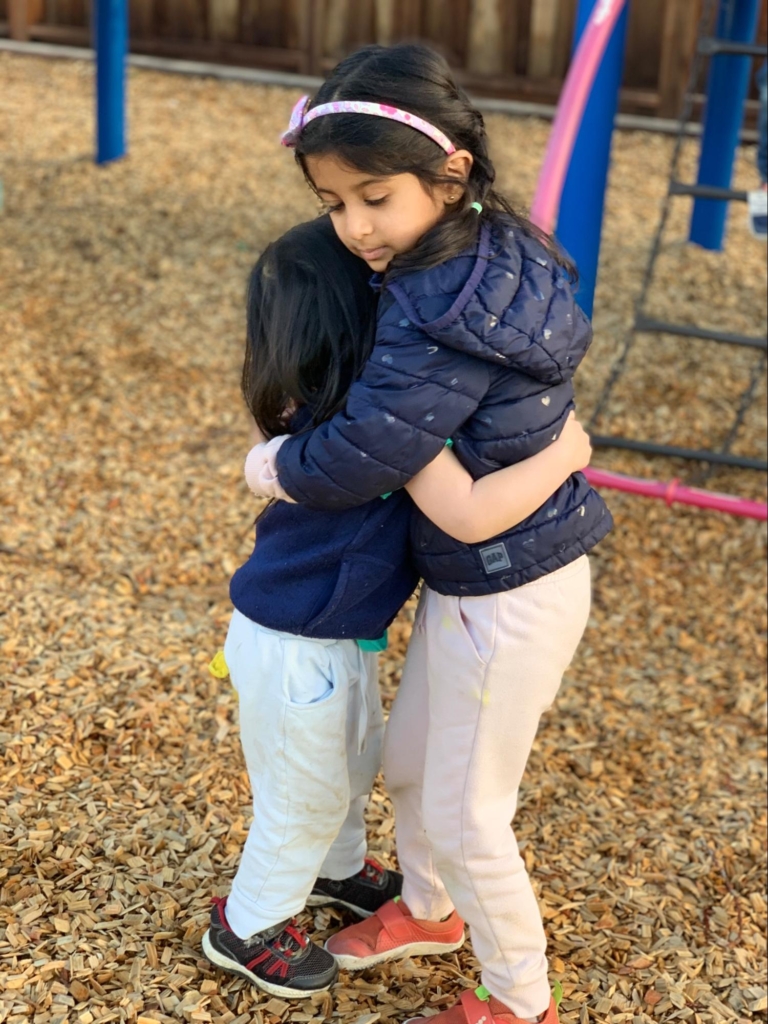
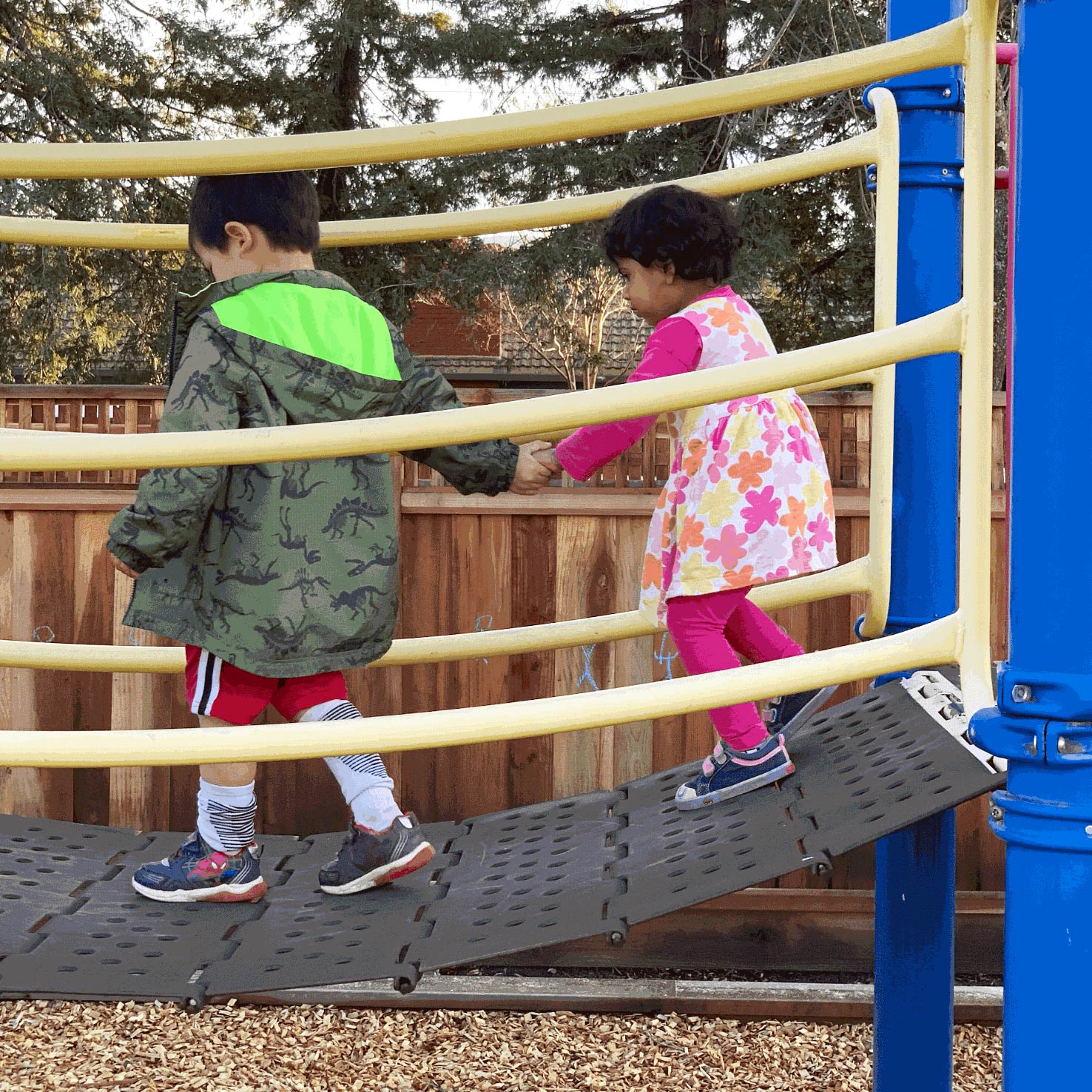
“The surest way to help kids develop those fundamental competencies is to give them plenty of time for undirected free play and to foster their play nature. Play with other children is how kids learn to understand the issues and emotions that arise when interacting with peers, and particularly how to regulate their emotions. Through play, they develop the skills they’ll need to excel in teacher-led instruction, along with confidence in their ability to be social (Gray 2013).
Only through play can children develop both cognitive skills (IQ) and emotional skills (EQ); they need both to succeed in school and in life. For kids, play isn’t the opposite of learning. Play is total learning.” – National Institute for Play
In fact, play is vital to survival. It develops social skills in humans which allows us to live in social groups and live in social hierarchies. Watch this video, “Brains at Play” from NPR, to learn more about how the need to play comes from a deep, primitive part of our brains. The neuroscientist in the video says, “Play is very valuable. It’s not just superfluous. It’s a very valuable thing for child development, and we as a culture have to learn how to use it properly. And we have to make sure our kids get plenty of it.”
The Neuroscience Behind Fine Motor Play
When children revisit their favorite scripts in the dramatic play area, at the water table, or in the block area, and they focus their efforts on projects that require fine motor skills, they are actually strengthening the synaptic connections in their brains. “A flood of neuroscience information now supports that hand-brain activity stimulates existing brain circuits that enhance overall human intelligence.” -Dr. Stuart Brown, who co-taught “From Play to Innovation” at the famed Stanford d.school and wrote the book, “Play: How it Shapes the Brain, Opens the Imagination and Invigorates the Soul”.
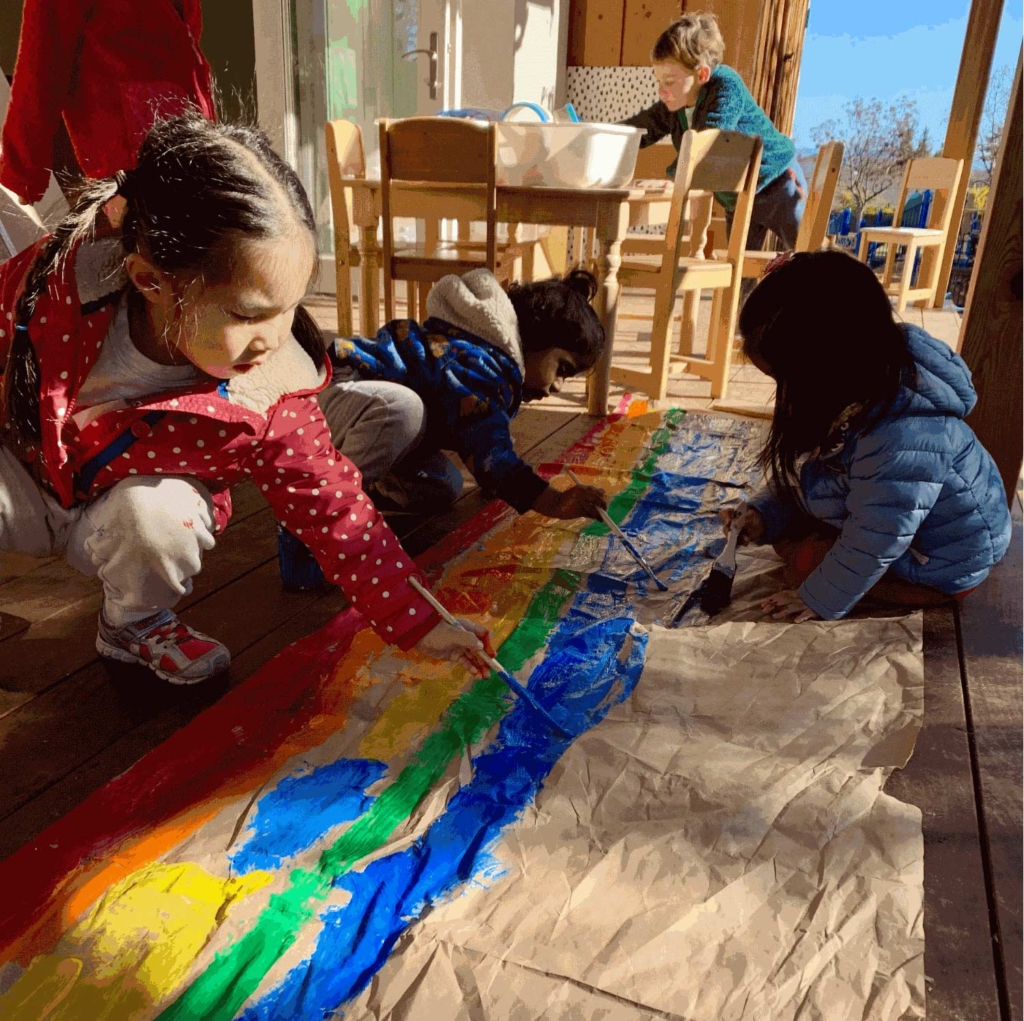
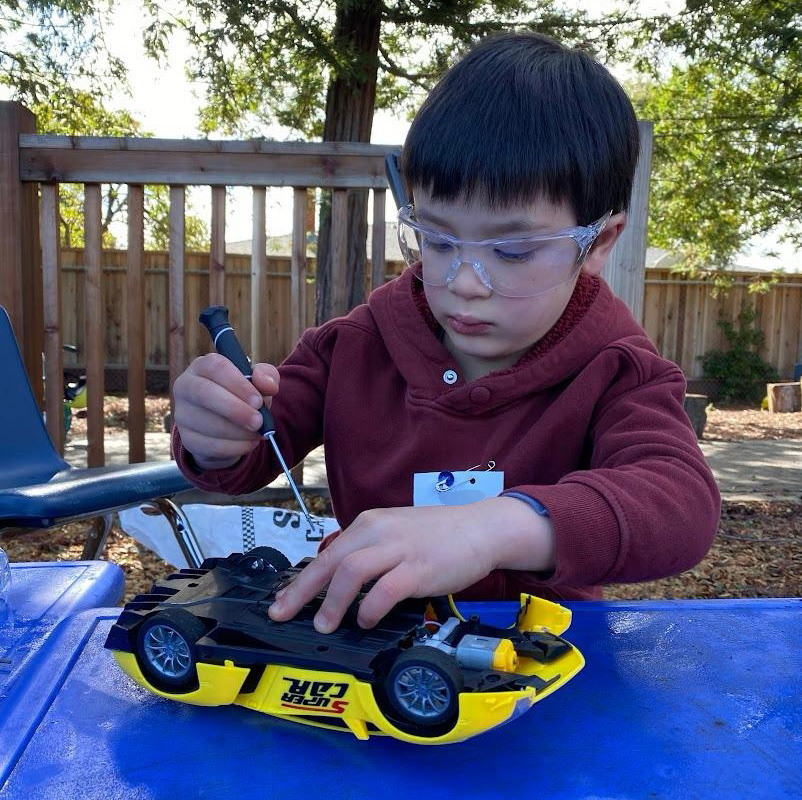
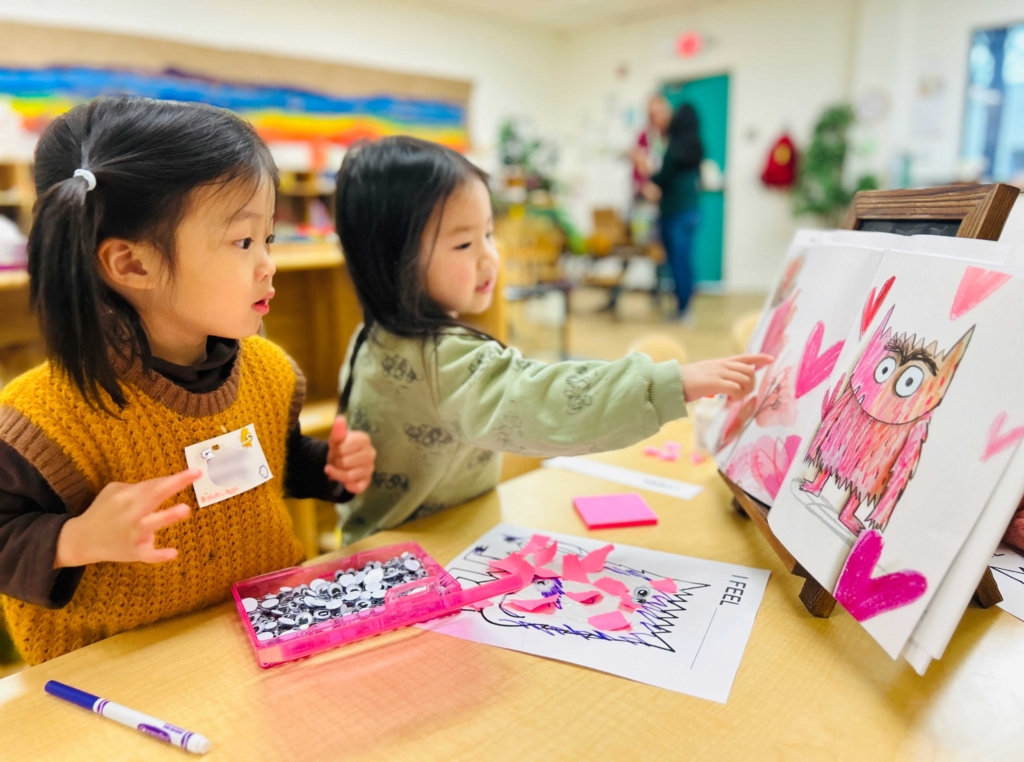
Additional Articles on the Importance of Play
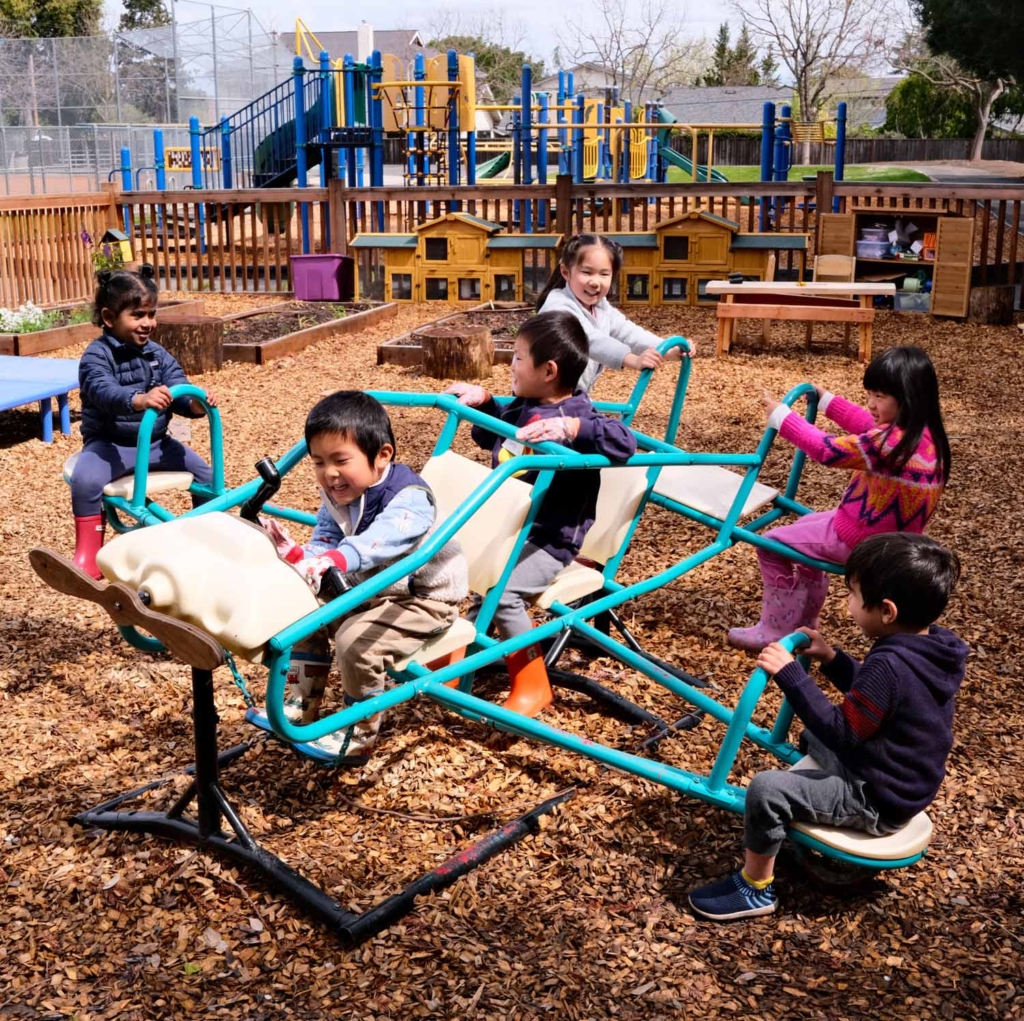
- “Children’s Play is More than Child’s Play” by Jennifer Winters, Director, Stanford’s Bing Nursery School
- Prioritizing Play: The Importance of Play-Based Learning in Early Education.
- “The Pedagogy of Sand Play” by Nancy Howe, Bing Nursery School.
- “Play Based Learning Leads to School Readiness” by Jennifer Winters, Bing Nursery School, Stanford University.
- “Play Based Learning vs. Academics in Preschool.” US News and World Report
